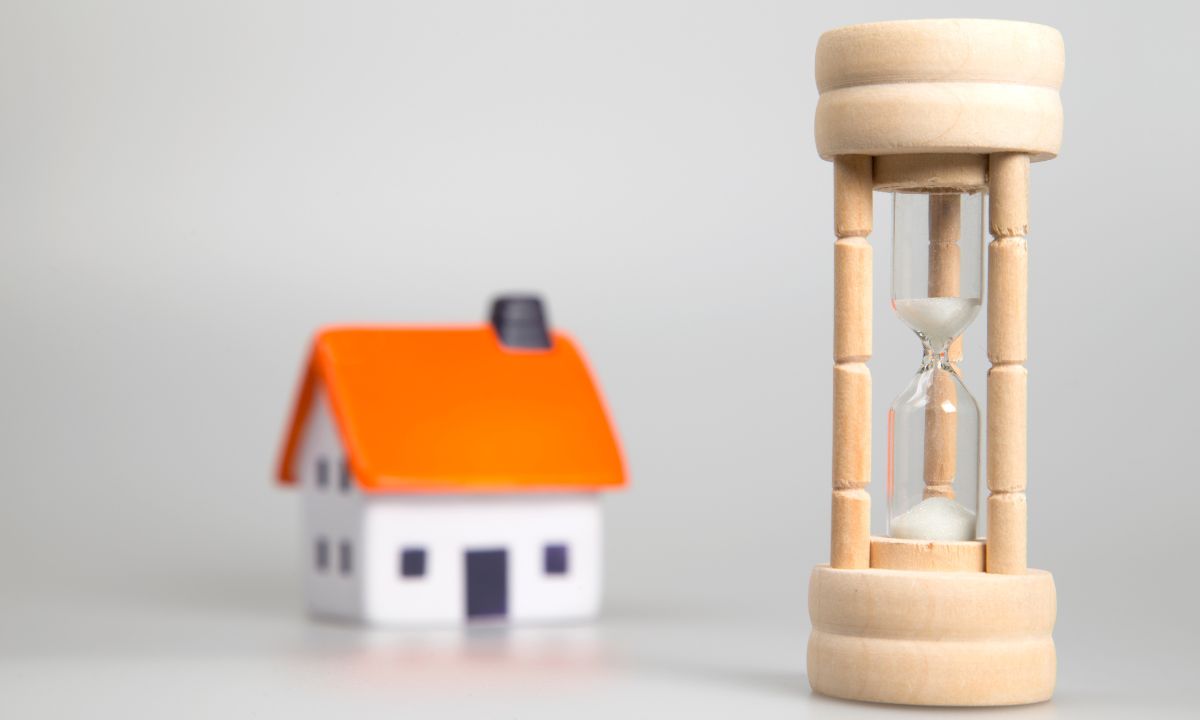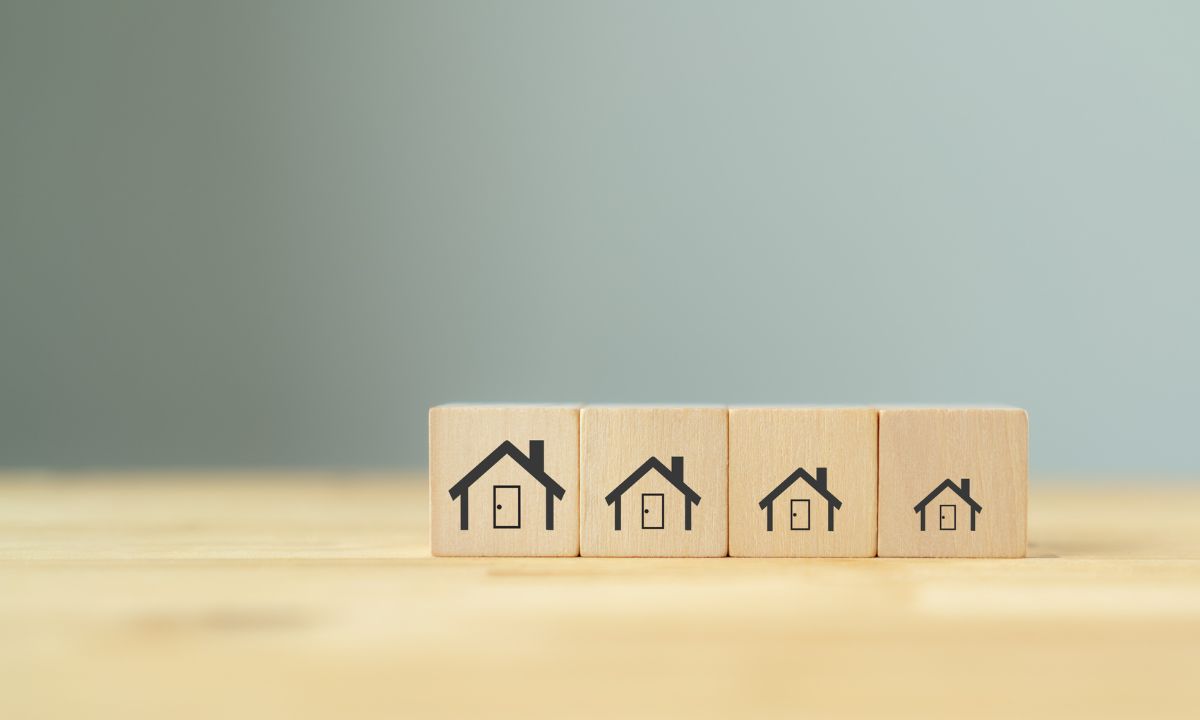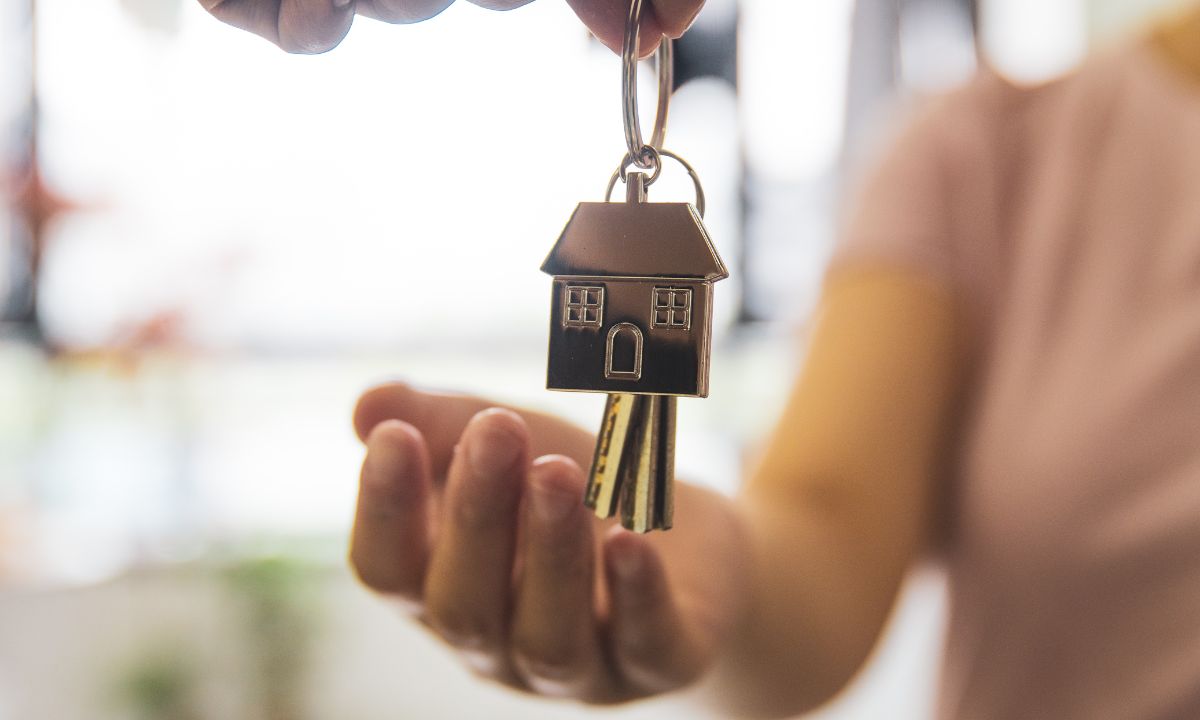 When you think about buying or selling a home, your focus is often on the personal benefits, finding the perfect place to live, or getting a good return on your investment. However, these transactions do more than just impact your life; they also have a positive effect on the entire community. Here’s how buying or selling a home can benefit your local area.
When you think about buying or selling a home, your focus is often on the personal benefits, finding the perfect place to live, or getting a good return on your investment. However, these transactions do more than just impact your life; they also have a positive effect on the entire community. Here’s how buying or selling a home can benefit your local area.
1. Boosting the Local Economy
Real estate transactions are a significant driver of economic activity. When you buy or sell a home, a whole host of local businesses benefit, from real estate agents and home inspectors to contractors and moving companies. This influx of business generates income for local workers and supports small businesses, which in turn helps to strengthen the local economy.
2. Supporting Local Services
Property taxes collected from homeowners are a primary source of revenue for local governments. These funds are used to maintain and improve essential public services, such as schools, fire departments, police forces, and public parks. By purchasing a home, you contribute to the funding of these services, helping to ensure that your community remains a safe, vibrant, and well-maintained place to live.
3. Fostering Community Development
New homeowners bring fresh energy and ideas to a neighborhood. Whether it’s through participation in local events, involvement in community organizations, or simply maintaining and improving their property, homeowners contribute to the overall development and well-being of the area. Selling a home also opens the door for new residents who can bring diversity and new perspectives to the community.
4. Increasing Property Values
A healthy real estate market can have a positive effect on property values across a community. When homes are bought and sold regularly, it signals that the area is desirable, which can drive up demand and, consequently, property values. As property values increase, homeowners build equity, which can enhance their financial stability and contribute to overall community wealth.
5. Promoting Sustainable Development
Homebuyers today are increasingly looking for energy-efficient and environmentally friendly homes. This trend encourages builders and developers to adopt sustainable practices, leading to greener, more sustainable communities. Additionally, sellers who invest in eco-friendly upgrades can attract more buyers, promoting a cycle of sustainable living within the community.
6. Enhancing Social Connections
Buying or selling a home often brings new neighbors into the community, creating opportunities for social interactions and the building of new friendships. Strong social ties are a key component of a thriving community, leading to increased civic engagement, support networks, and a sense of belonging among residents.
Buying or selling a home is more than just a financial transaction, it’s an investment in your community. From boosting the local economy and supporting public services to fostering community development and promoting sustainability, your real estate decisions have far-reaching impacts that benefit everyone in the area. So, as you navigate the process of buying or selling, take pride in knowing that you’re contributing to the growth and vitality of your community.
 When it comes to real estate, one of the most common questions is, “When is the right time to buy?” Many potential homebuyers and investors spend a lot of energy trying to time the market, hoping to buy at the lowest possible price and sell at the highest. However, the reality is that predicting the perfect moment is nearly impossible. Instead, a more effective strategy is to focus on time in the market rather than timing the market. Here’s why.
When it comes to real estate, one of the most common questions is, “When is the right time to buy?” Many potential homebuyers and investors spend a lot of energy trying to time the market, hoping to buy at the lowest possible price and sell at the highest. However, the reality is that predicting the perfect moment is nearly impossible. Instead, a more effective strategy is to focus on time in the market rather than timing the market. Here’s why. As retirement approaches, many people start to rethink their living situation. While the home where you raised your family holds countless memories, it might not be the most practical place to spend your golden years. Downsizing to a smaller home after retirement can make life easier in several ways, offering both financial and lifestyle benefits. Here’s why moving to a smaller home might be the right choice for you.
As retirement approaches, many people start to rethink their living situation. While the home where you raised your family holds countless memories, it might not be the most practical place to spend your golden years. Downsizing to a smaller home after retirement can make life easier in several ways, offering both financial and lifestyle benefits. Here’s why moving to a smaller home might be the right choice for you.

 When buying or selling a home, a crucial step in the process is the home appraisal. It helps determine the property’s fair market value, which can significantly influence financing and negotiation outcomes. Whether you’re a first-time homebuyer or a seasoned seller, understanding the appraisal process is key. Here are seven commonly asked questions about home appraisals to guide you through.
When buying or selling a home, a crucial step in the process is the home appraisal. It helps determine the property’s fair market value, which can significantly influence financing and negotiation outcomes. Whether you’re a first-time homebuyer or a seasoned seller, understanding the appraisal process is key. Here are seven commonly asked questions about home appraisals to guide you through.